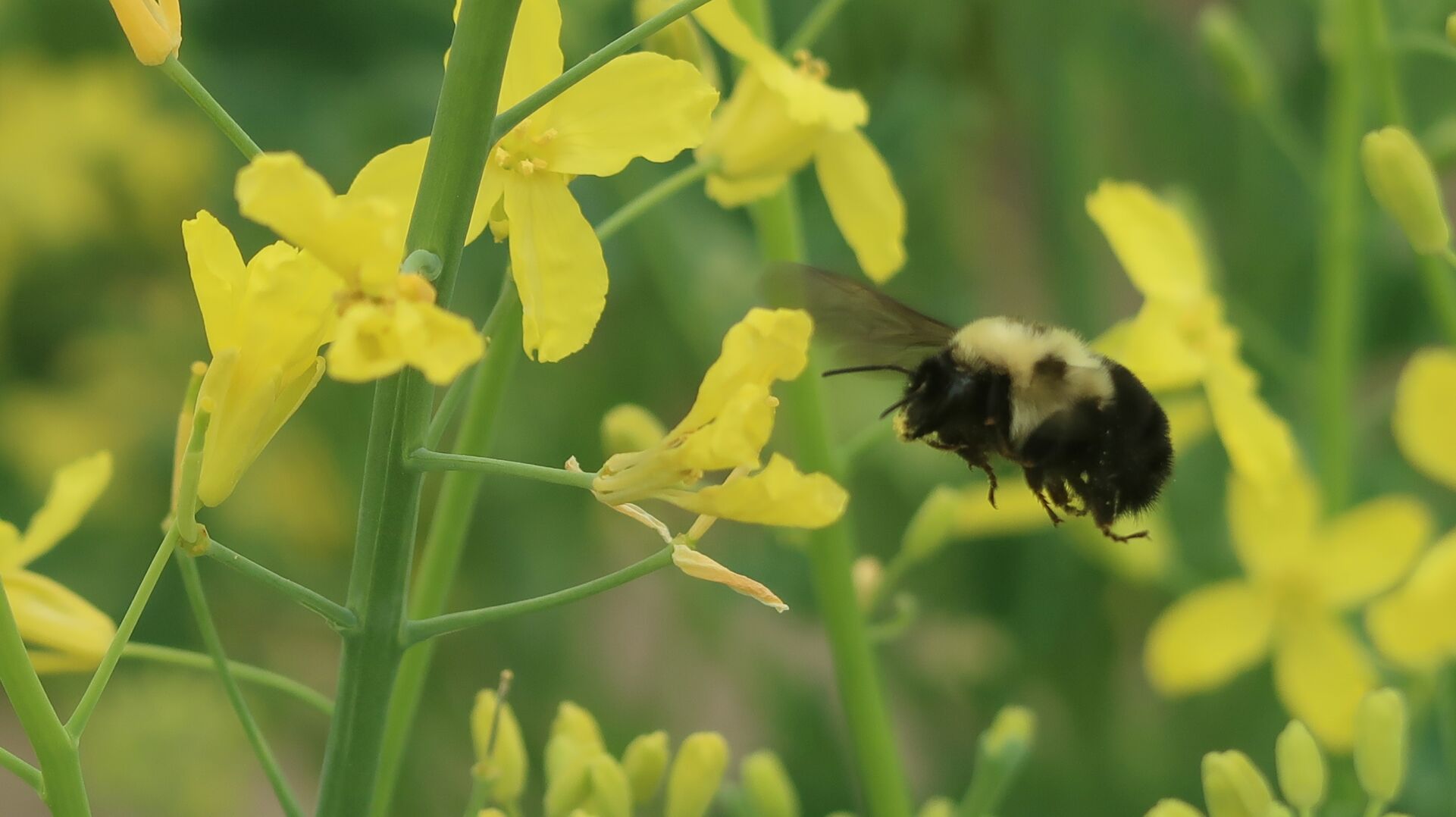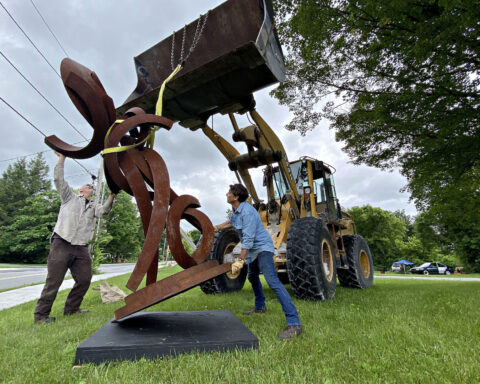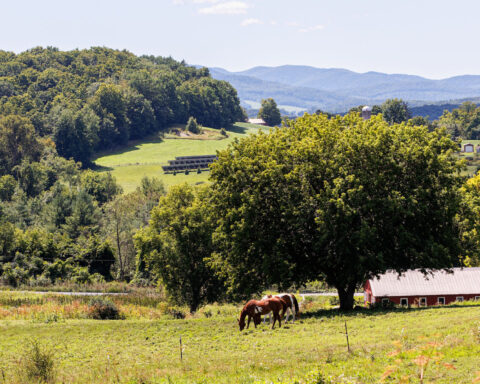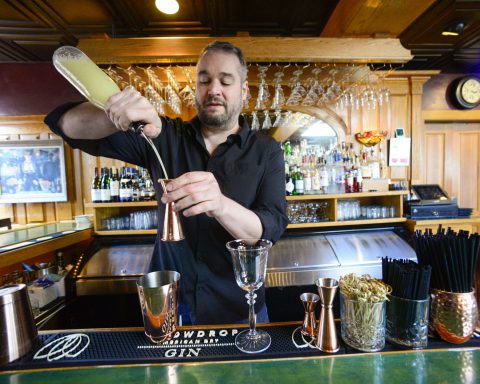By Telly Halkias, Vermont Country correspondent.
BENNINGTON — There is a time of year when this Vermont writer waits with great anticipation for a small package to quietly arrive on his porch in the early morning hours, free of charge and delivered anonymously. The result of an apparent labor of love, the coming of rich, homemade amber honey is a sure sign of the passion and purpose surrounding personal beekeeping throughout the region’s rural landscape.
Across the New York state line in Hoosick Falls, its delivery person, Amanda Haar, says she always supported local agriculture but never thought much about keeping bees until 2009, when she saw the chance to make a connection between the two.
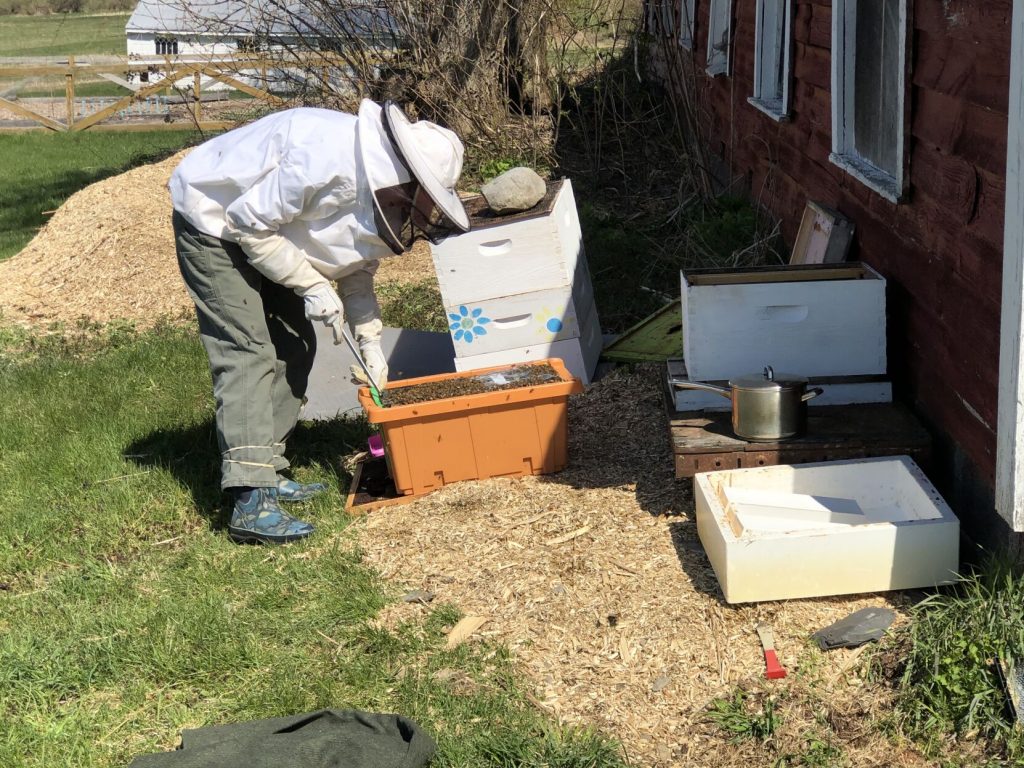
At the time, a series of news stories detailed a sharp increase in the disappearance of honeybees elsewhere in the country because of what became known as “colony collapse disorder.” Scientists haven’t been able to definitively explain this phenomenon, but several studies have found that a class of widely used insecticides known as neonicotinoids may interfere with bees’ natural homing abilities, possibly preventing them from finding their way back to their hives.
Still, there’s more than honey at stake in the loss of whole colonies of bees. Bees pollinate roughly 85 percent of the nation’s food crops, so without them, fruit trees, berry bushes and many vegetable plants would have much lower yields.
“I started beekeeping about 15 years ago in response to all the news about colony collapse,” Haar said. “We live in an agricultural community, and if you can, you should support farmers, and I saw keeping bees as a way of doing that.”
Haar said her family’s property, the former Hobby Hill Farm, includes many open fields and a good natural water source, so the decision to proceed was easy.
She said novice beekeepers should start simply, with a modest investment in equipment and bees, and with some hands-on education in advance.
“The first thing I did was read a few books on natural beekeeping,” Haar said. “I then took a one-day class in Manchester. That was extremely helpful, as it allowed me to ask all the questions I had. … There’s a lot of terminology associated with beekeeping that comes naturally to the experienced keeper but not so much to the novice. That’s important to know. The class clarified a lot for me.”
Haar then joined the Bennington Beekeepers Association. It meets seven times a year, typically in January, April, May, June, August, September and October. These meetings typically offer an educational topic of interest to beekeepers, often conducted by a variety of guest speakers. There is a nominal membership fee.
“As for other costs, the biggest cost is the hive itself,” Haar said. “You can buy them online or at a local beekeeping store, but either way they will set you back (several) hundred dollars. If you want to go the Williams-Sonoma route, that could approach $1,000.”
There are many components to a hive that aren’t apparent, but most of them are essential to successful beekeeping, she said. Basic requirements include a beekeeping hood and gloves, and possibly even a protective suit.
“Some old pros go gloveless, but I’m not that brave,” Haar said with a chuckle. “You also need some basic harvesting equipment plus whatever containers for bottling or storage. And, of course, you need bees.”
The cost for bees varies depending on whether a beginner procures them in a cage or a “nuke” or nucleus — a smaller honeybee colony created from a larger colony. That startup for the novice should always be undertaken with a good sense of seasonal timing.
“If you’re stocking your hive for the first time, get your bees in the early spring,” Haar said. “If you do it through a local supplier, place your order early, as they often sell out. Start calling around Thanksgiving to find out when they’re starting their order list. You can also try sourcing locally through beekeeping clubs.”
Although Haar’s endeavor yields at best about 70 pounds of honey annually, which she consumes or gives away, other, larger family operations cross over into the commercial realm in a hybrid manner.
One such enterprise in Vermont’s Champlain Valley is Heavenly Honey Apiary in Monkton. Established in 2007, it’s an operation known as a “sideliner,” meaning it produces honey for sale as well as for personal consumption. Typically, operation of a sideliner isn’t the primary employment of the proprietor, and its sales are limited to individuals and small local markets.
“We started with one hive, garnering about 40 pounds of honey that year,” co-owner Scott Wilson said. “At peak, which is August, a healthy hive will contain about 60,000 to 80,000 honeybees. Our second year, we grew to three hives; our third year, eight hives. We were up to about 30 hives in seven years.”
Not all hives produce honey, as some are the nucleus hives created during mid-summer — the source of bees Haar mentioned.
Nucleus hives are smaller, denser hives created by the beekeeper from an existing “strong hive” to replace the standard hives that die off during the winter. Creating nucleus hives is a method of increasing an apiary’s size and allows a beekeeper to increase the number of hives without having to buy more bees.
Like Haar, Wilson stressed the theme of education and the importance of guidance from experienced beekeepers.
“All new beekeepers should attend as many hands-on, in-person workshops as possible,” Wilson said. “There is nothing online or in books that can come close to the value of in-hive workshops. The feel of the tools, the sounds and smells of the hive, sweat pouring down your forehead into your eyes, stings on the hands — cannot be realized while sitting at a desk watching videos.”
There are other factors surrounding the bees themselves which don’t require being actively involved in beekeeping itself.
At True Love Farm in Shaftsbury, co-owner Karen Trubitt said that, along with not using synthetic pesticides and herbicides, there are many positive actions available in Vermont’s rural settings to build and preserve habitat for pollinators.
“A wildflower pollinator border has been sown along the fence line abutting the farm’s growing area,” Trubitt said. “It blooms across the season, beginning with poppies and flax, coreopsis, monarda, yarrow, echinacea, and allysum. We also have a hundred-foot-long hedgerow running through the middle of our vegetable growing area, which is comprised of several varieties of perennial flowers.”
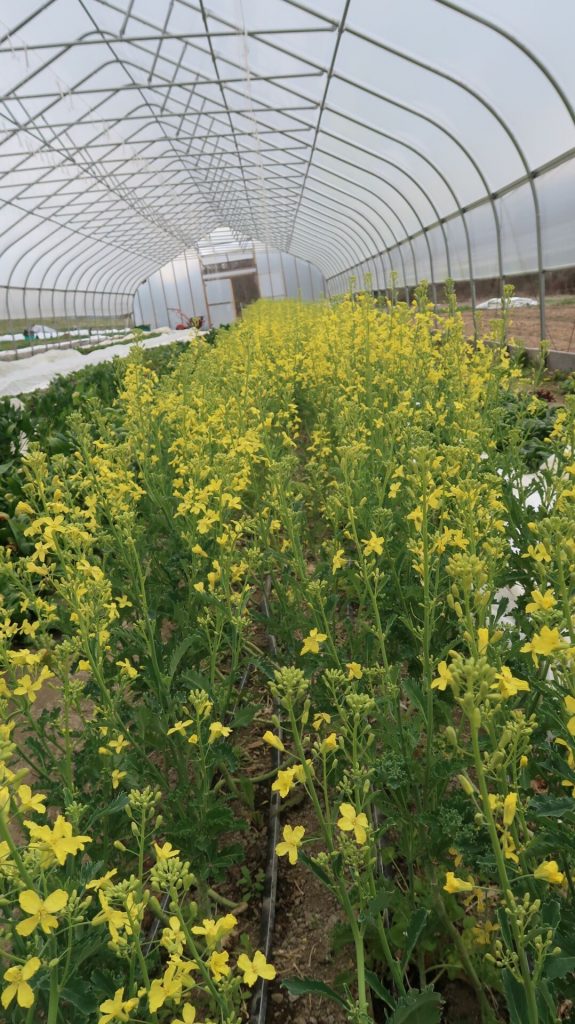
This hedgerow, Trubitt continued, provides a habitat for many beneficial creatures such as pollinators, but also spiders, snakes, and predatory insects that eat the insects which would otherwise damage crops. Bushy baptesia plants anchor the hedgerow with yarrow, delphinium, rudbeckia, as well as plenty of solidago with some wringing of hands. There are also Globe Thistle, rudbeckia triloba, hirta, and Joe Pye Weed.
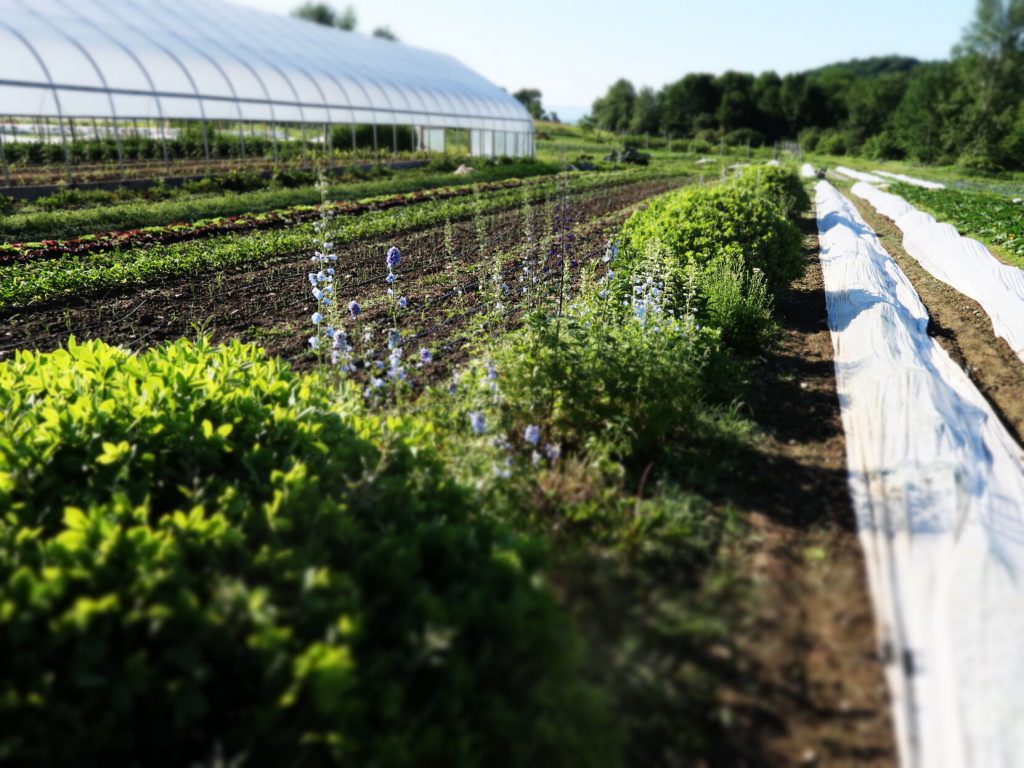
“All are examples of some of the most bee-friendly flowers of New England, and plentiful on our property,” Trubitt said. “We keep mowing to a minimum and I no longer fret as much when weeds flower. The bees need those flowers. Also, we never mow in the earlier half of the day when bees are more active, and try to keep all mowing after 4 p.m.”
Back running errands in Bennington, Haar was glad to hear of the widespread appreciation for her gracious deliveries and summed up the ethos surrounding beekeeping and pollinator habitat preservation.
“Like farming, beekeeping is largely an act of faith,” Haar said. “There are a lot of elements simply out of your control. At times, it can be very humbling but it can also be rewarding. Working with nature always reveals lessons, especially in the failures. If you’re a willing and patient learner, there’s plenty lessons and joy to be found.”

Telly Halkias found his way to Bennington County on a blind date while in college, and vowed to live here one day. While the romance fizzled, years later he made good on that promise. Telly has spent two decades freelancing features, reviews and columns for so many regional outlets that he’s often mistaken by readers as a staff writer somewhere — but where exactly they have no clue. Telly has also been fired a few times, only to be rehired almost immediately after minor subscriber revolts. His greatest source of joy is when locals stop him while grocery shopping to discuss 15-year-old columns from which they can still quote lines.
